Élodie Benoit
The 2020 One World Refugee Film Festival
In a world delimited by borders, millions of people are imprisoned within the walls of their countries where their lives are in danger and many people perish every year because of the unlivable conditions of their environment.
This year, One World Arts has chosen a very sensitive and globally vulnerable population, namely refugees, as its theme for the annual One World Film Festival. In partnership with the United Nations Refugee Agency (UNHCR), the festival featured six programs relating to various situations and aspects experienced by refugees around the world. Speaking of known crises like the one in Syria, but also addressing silent crises like the genocide of the Rohingya people, this film festival was filled with vivid emotions allowing us to see the world as a refugee and understand their shocking reality. Through these stories and images, we witnessed the vast differences between global crises and the reasons why certain groups seek refuge.
In our society, we aren’t very aware of the situations and experiences that refugees live through. We also have a vague idea of what this term means since these current events are rarely shown in the news. So, this festival was able to educate me and explain the different aspects and history shared by the refugees to me. By watching the various programs, it’s possible to see how inhuman humanity can be and how destructive oppression can be. These six films show the importance and urgency of acting for these very vulnerable people.
If other countries could help more and be more present for these oppressed people, some situations would certainly have been less of a nightmare…
Program 1 “Voices from Syria” focuses on the musician refugees from the war in Syria. It explains the importance of music in times of crisis and how music can be soothing for musicians and those around them. Showing a lot of resilience, Syrian refugees spoke about the story behind their deportation and how the war affected their lives and families.
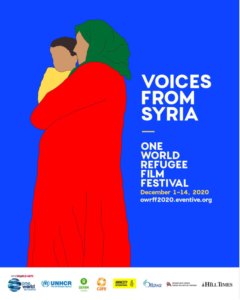
Program 2 “The Rohingya crisis” addresses the genocide experienced by the Rohingya people, a religious minority in Burma. It reveals their eradication and shows the suffering they endured during the last century. Even today, thousands of Rohingya refugees are trapped in camps in Bangladesh and continue to suffer persecution and inequality in poor conditions because of their beliefs.
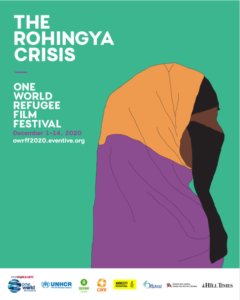
Program 3 “The situation of LGBTQ+ refugees” exposes the discrimination that people from the LGBTQ+ community experience in certain countries and the dangers they face due to their sexual orientation. It also highlights the difficulties that refugees face in their host country, such as finding housing, obtaining asylum and getting a job.
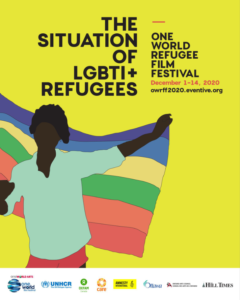
Program 4 “Refugees and the climate crisis” covers the climate emergency and the need to act in the face of the mass deportation of climate refugees. By exposing how different people are affected by climate change like Indonesia and Sudan, various experts showed the shortcomings of government systems and solidarity in the face of climate change.
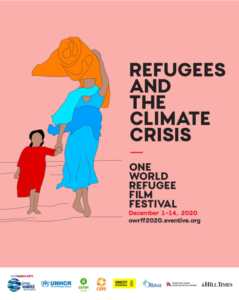
Program 5 “Canadians speaking out for refugees” showcases the importance of citizen involvement in host countries in the fight for refugee conditions. By showing the support of a group of Canadian women for the refugee situation of the Yazidi people in Iraq, this film highlights how involvement in a cause can help people in vulnerable situations feel heard and understood in their needs.
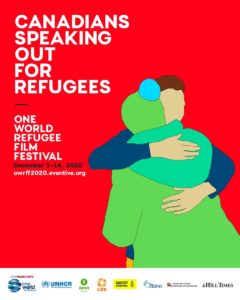
Program 6 “Memory and the refugee experience” talks about the expulsion of certain people by showing their bold journey to flee the war affecting their country through several testimonies. The stories about these emotional journeys also explain the strong inequalities that these refugees have experienced and still live in their host country.
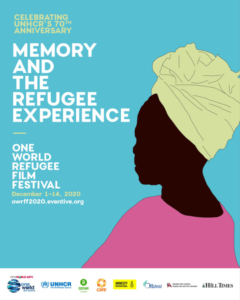
Finally, the One World Refugee Film Festival definitely opened my eyes to the many inequalities experienced by these individuals and the ineffectiveness of international assistance for people in distress who are often trapped in their own country. These films clearly show the reality lived by these groups and to what extent their pains remain tattooed inside their brains.
If other countries could help more and be more present for these oppressed people, some situations would certainly have been less of a nightmare… It leaves a bitter aftertaste. On another note, I invite you to follow UNHCR Canada’s Facebook page since the organization frequently publishes news articles and videos about groups and individuals who are or have been refugees.
Élodie Benoit – CJ Ambassador



